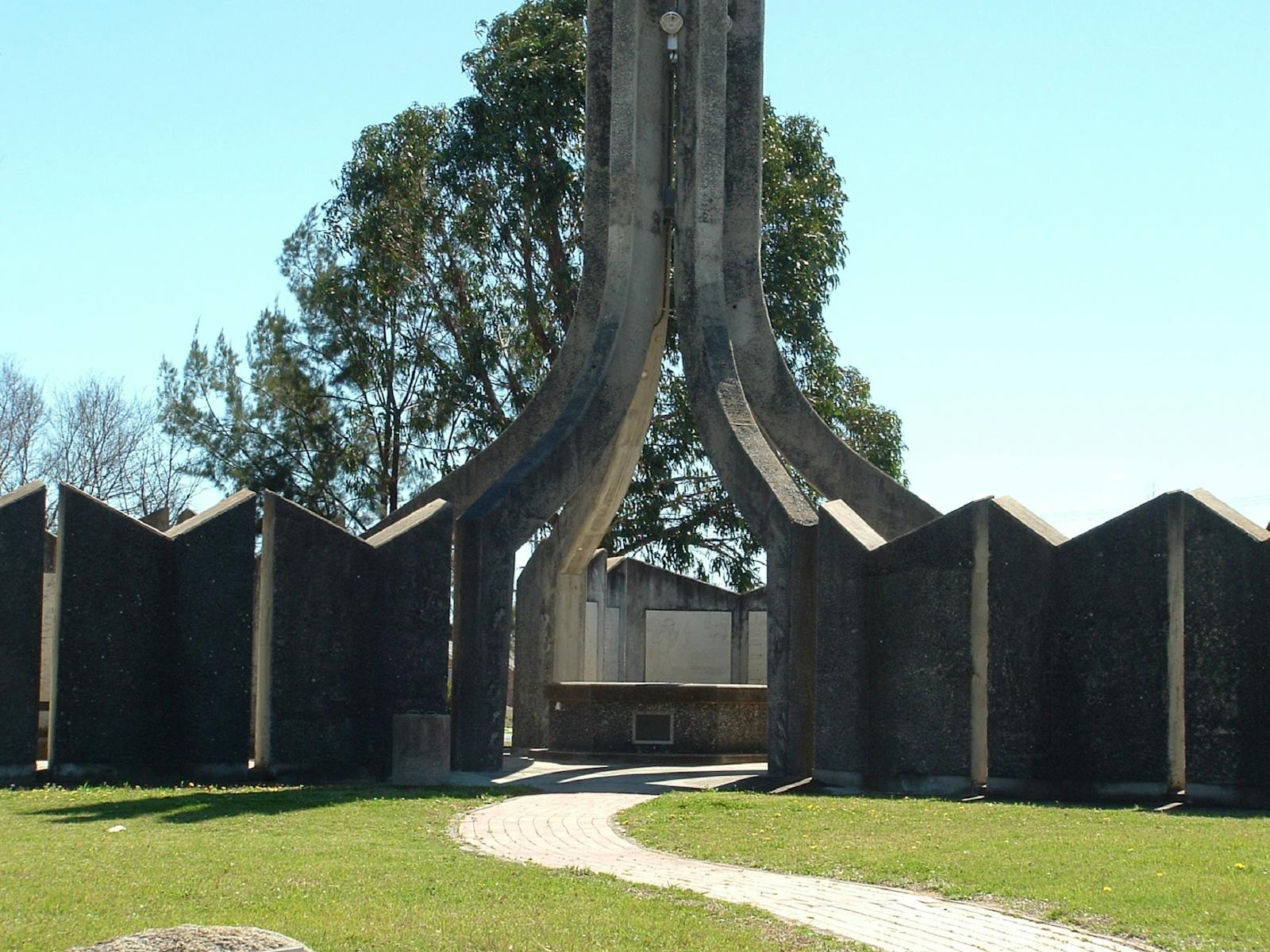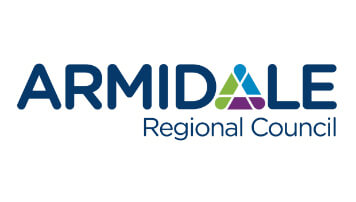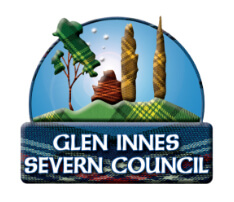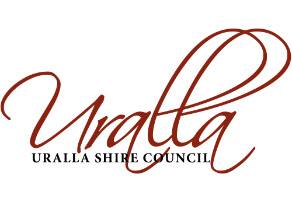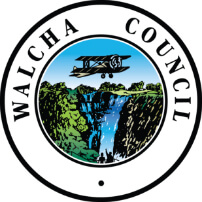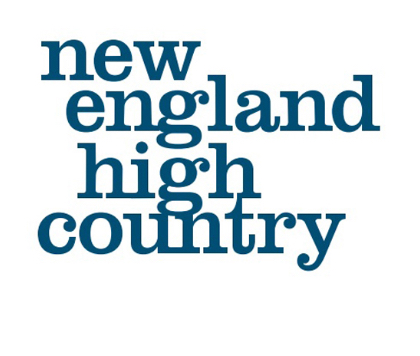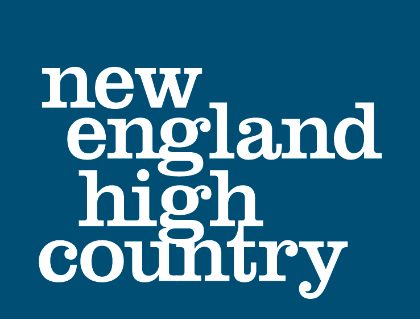Inverell and District Bicentennial Memorial
Inverell and District Bicentennial Memorial
Sinclair Park, Glen Innes Road, Inverell, New South Wales 2360
The Bicentennial memorial demonstrates the community spirit of the individuals and organisations who volunteered their time, technical skills, labour and much of the material to create a permanent memorial depicting the history and progressive development of the Inverell district prior to 1988. It features three courtyards, each containing 14 sculptured bas-relief panels, with a central connecting courtyard. Courtyard One depicts pre-1788 when the Inverell District was home to the Anaiwan, Bigambul, Jukambal, Kwiambal and Weraerai First Nations people. Courtyard Two spans 1788-1888, the first century of white occupation in Australia, and the settlement and development of the Inverell District. Courtyard Three depicts the social and technological changes that occurred from 1888 to 1988, including the use of the district's resources and the growth of the town. A tile mosaic map depicting Alan Cunningham's travels through the area is at the Bicentennial Memorial's centre. While strolling around the Inverell and District Bicentennial Memorial take in the history of the Inverell District prior to 1988.
Facilities found here
Barbeque, Carpark, Family Friendly, Pet Friendly - Enquire, Picnic Area, Public Toilet,
Accessibility Information
Caters for people with sufficient mobility to climb a few steps but who would benefit from fixtures to aid balance. (This includes people using walking frames and mobility aids), Caters for people who use a wheelchair.,
Acknowledgement of Country
We acknowledge the Traditional Owners of the New England High Country region and recognise their continuing connection to land, water and community. We pay respect to Elders – past, present and emerging – and acknowledge the important role Indigenous Peoples continue to play within the New England High Country community.

